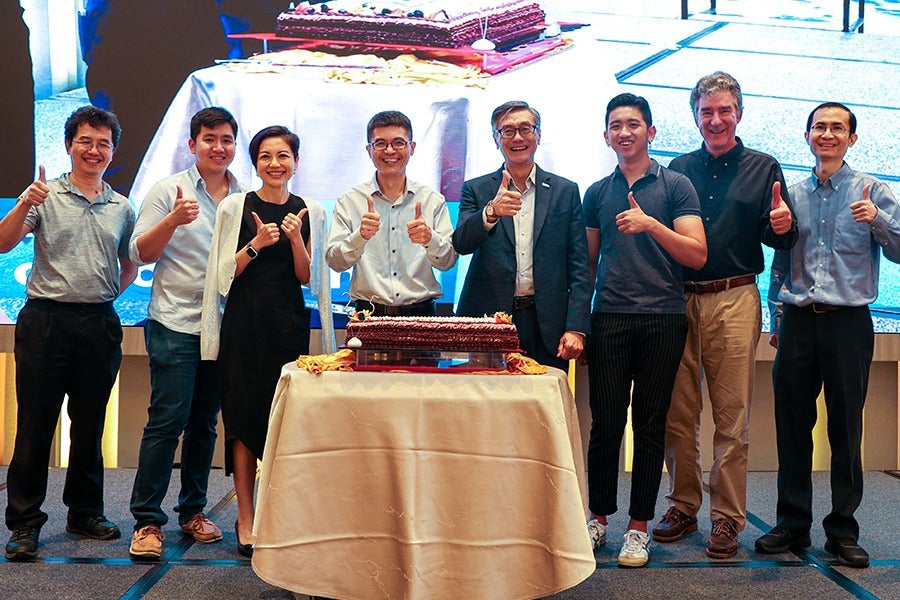Our History
The NUS School of Computing is the largest educator of IT professionals in Singapore today. We trace our roots to the 1970s as the first department to offer computing studies to groom IT talents for the nation. Here are the highlights:
1970s to 1980s: The Formative Years
1975
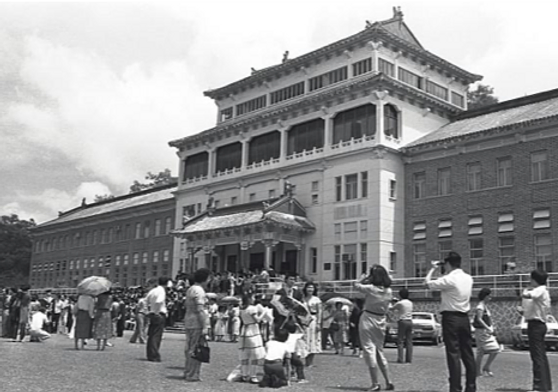
- Department of Computer Science was established at Faculty of Science, Nanyang University.
1975
1978
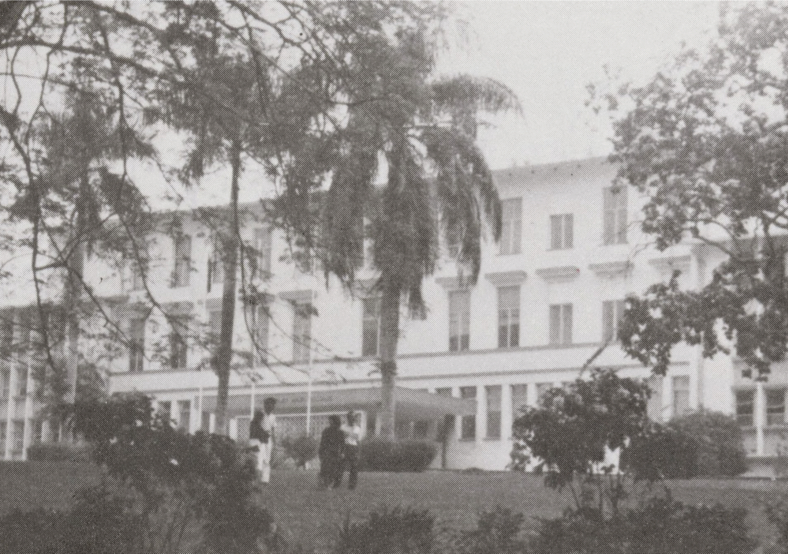
- Department of Computer Science, under Faculty of Science, was established at University of Singapore-Nanyang University Joint Campus.
- Three-year degree course in Computer Science was introduced.
1978
1980
- Department of Computer Science remained under Faculty of Science when University of Singapore merged with Nanyang University to form National University of Singapore.
- Annual intake of students: 200-300.
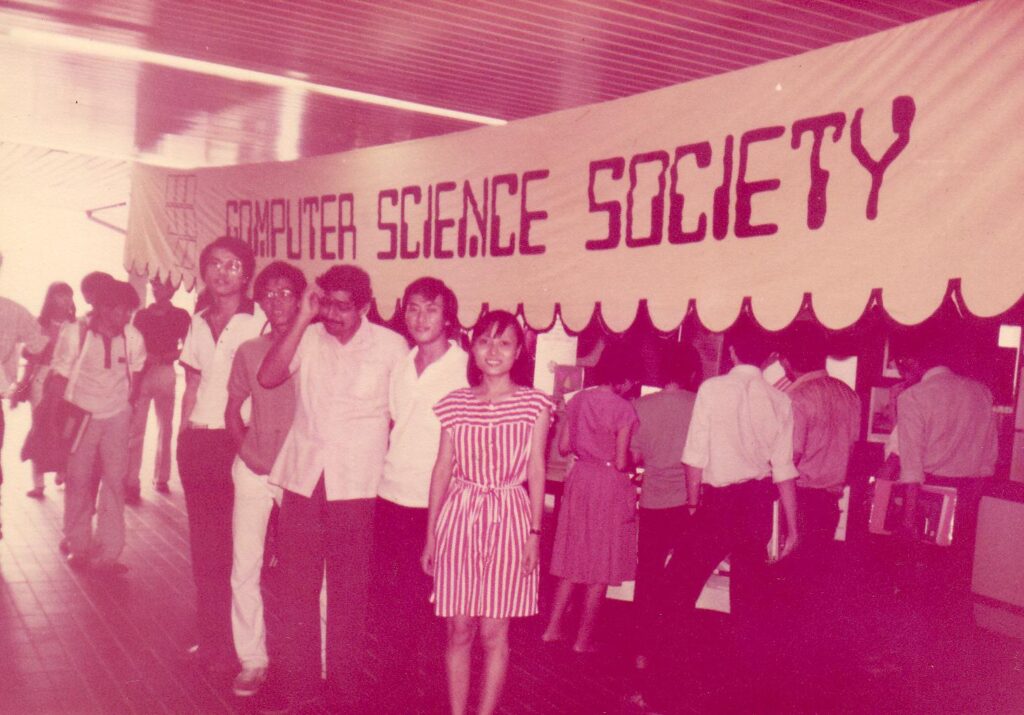
- Students’ club Computer Science Society was set up.
1980
1983-1985
- Department of Computer Science was renamed Department of Information Systems and Computer Science (DISCS).
- Information Systems curriculum was introduced.
- Computer Science was introduced as a separate programme leading to the degree of Bachelor of Science (Computer and Information Sciences).
- A strong business content was added to Information Systems curriculum – Principles of Economics, Financial Accounting, Cost Accounting, and Marketing were offered.
- Annual intake of students increased at a steady pace, with females outnumbering males.
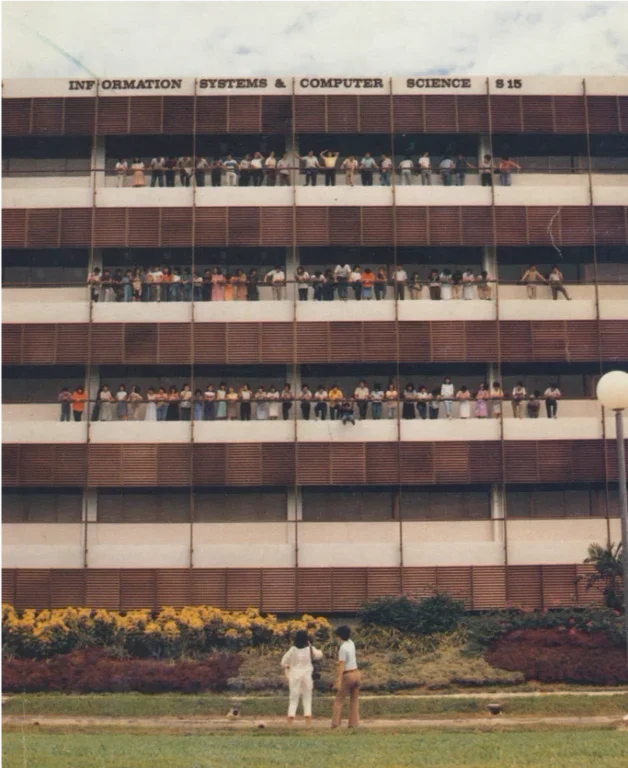
- DISCS moved into S15 building.
1983-1985
1988
- Computer-Based Learning Centre was set up to promote the use of IT and multimedia in teaching and learning.
1988
1989
- Computer and Information Science Alumni Association was formed.
1989
1990s: A Revolutionary Decade
1991
- Computational Science degree programme was introduced in Academic Year 1991/92.
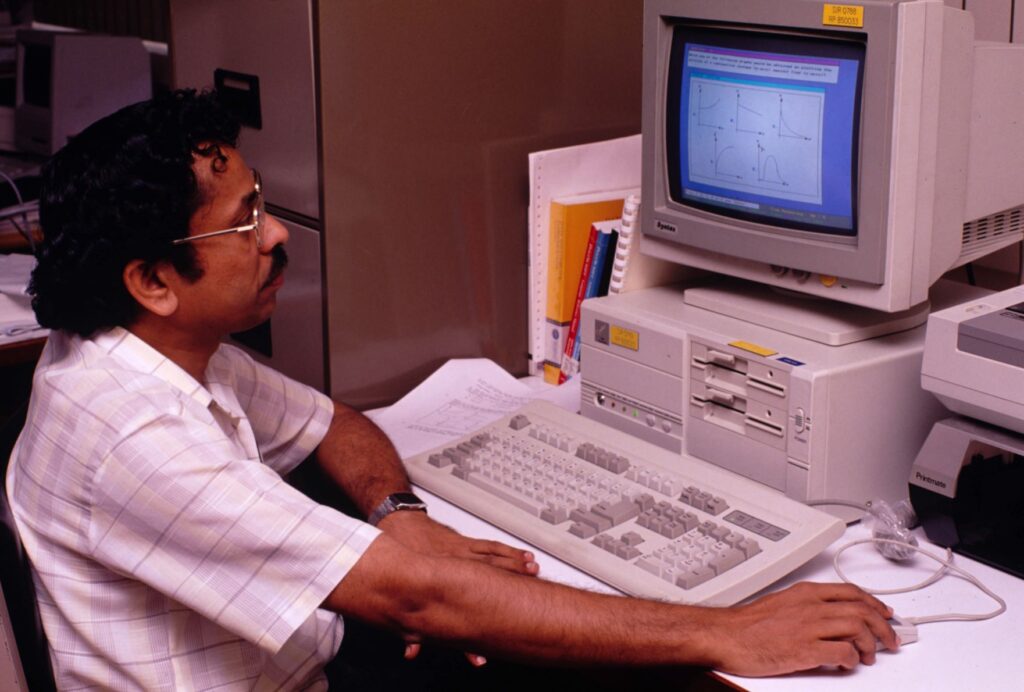
- Computer-Aided Examination System with Authoring and Review (CAESAR), a new user-friendly technique to mass test students’ aptitude and skills for a subject, was designed and developed at DISCS.
1991
1992
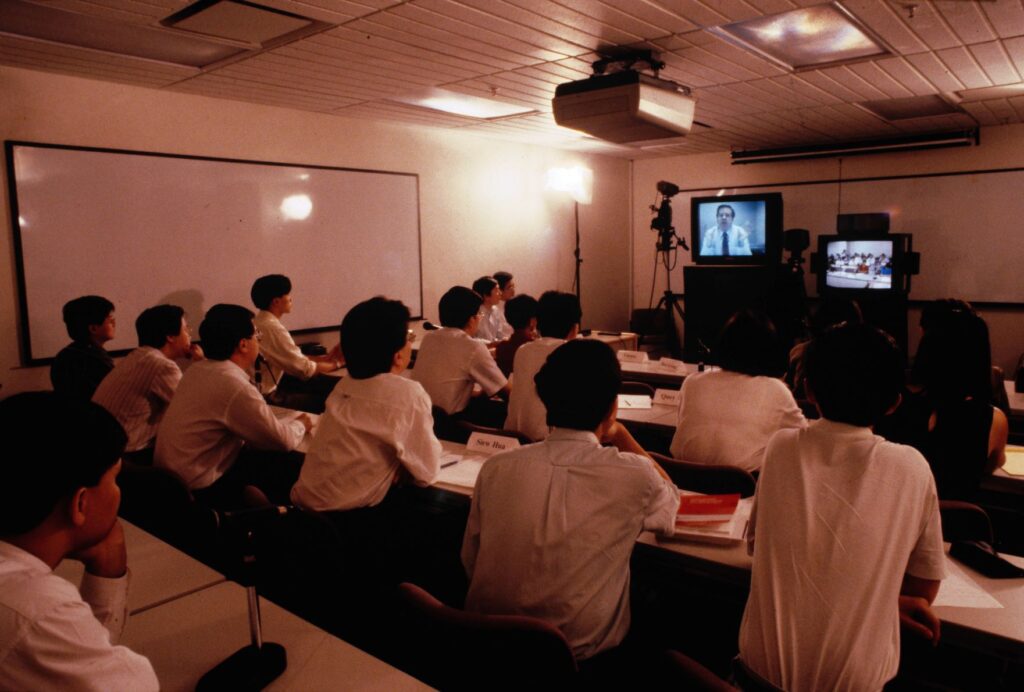
- NUS was the first local educational institution to conduct an interactive remote lecture, using the latest video-conferencing technology, between a professor in the United States and a group of students from DISCS.
1992
1993
- DISCS moved from year-based system to flexible, semester-based, modular curriculum.
- DISCS occupied S16 building.
1993
1994
- A flexible core-elective structure curriculum with additional free electives was introduced, allowing students to customise their programme of study.
- Undergraduate Teaching Assistant scheme, where top final-year students were enlisted to assist in teaching introductory courses, was introduced.
1994
1997
- Computational Finance, an interdisciplinary course offered by DISCS, Computational Science and Mathematics, and Faculty of Business Administration, became a major due to popular demand.
- DISCS set up Centre for Systems Security Research to develop security software for safer financial and commercial transactions on the Internet. The research focus was on IT security technology.
1997
1998
- School of Computing was established with two departments – Department of Computer Science and Department of Information Systems.
- The curriculum was revised to offer a four-year degree programme in Computer Science or Information Systems, and a three-year programme in Information Technology.
- Computer Science Society was renamed the NUS Students’ Computing Club.
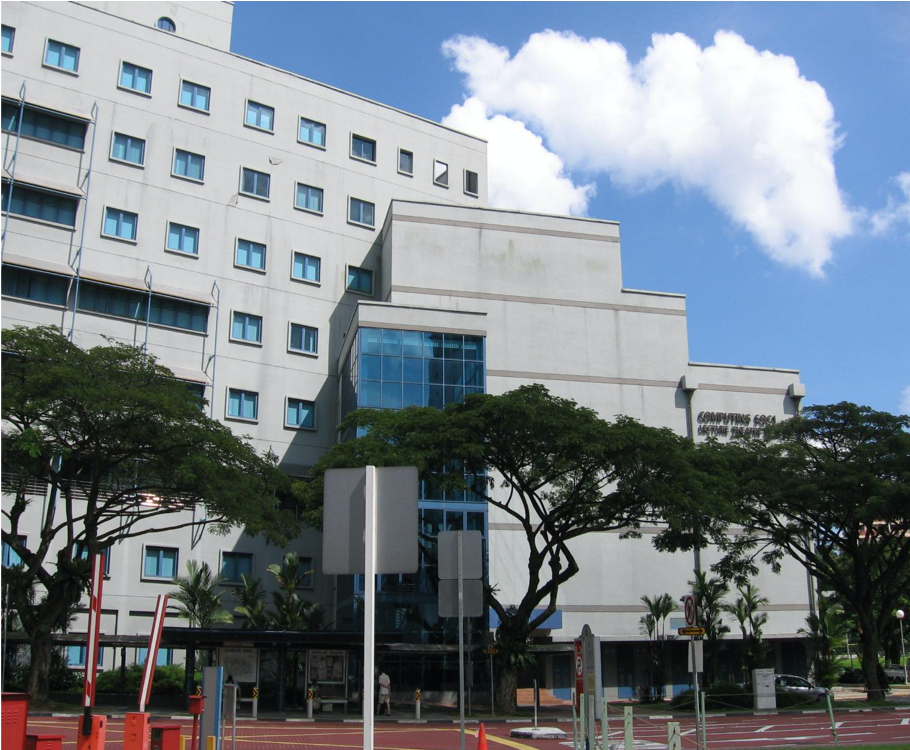
- The School expanded and occupied S17 building, which was renamed SOC1.
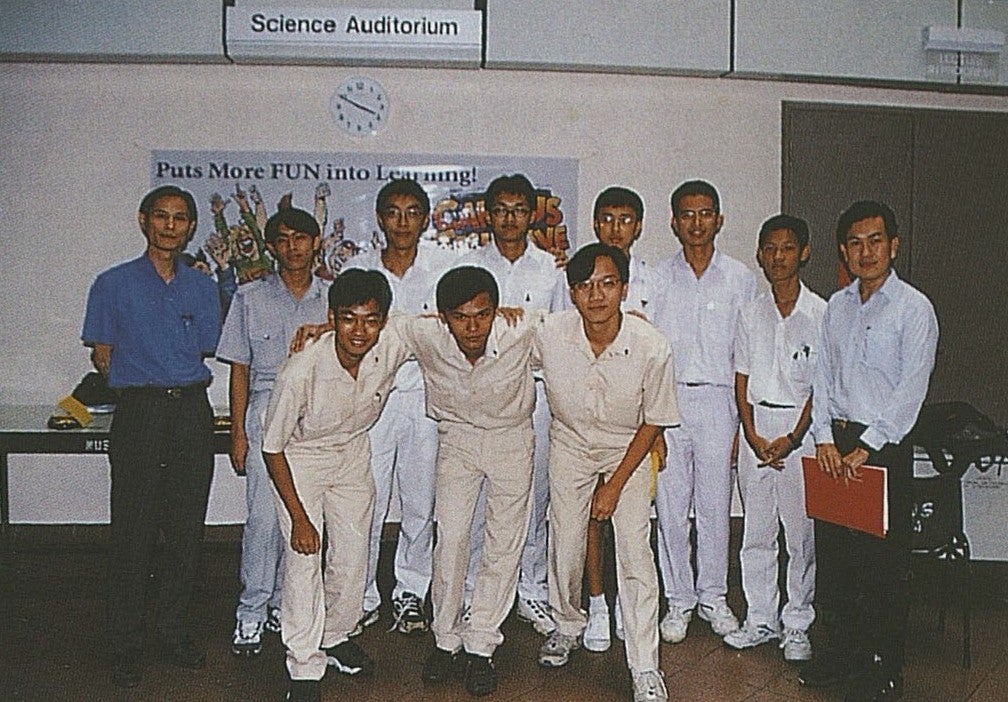
- The first National Olympiad in Informatics was organised by the School.
1998
1999
- Information and Communications Programme, jointly conducted by School of Computing and Faculty of Arts & Social Sciences, was introduced.
- The School participated in the Core Curriculum programme.
1999
2000s: Into The New Millennium
2000
- Student Exchange, University Scholars and NUS Overseas Colleges programmes were made available to Computing students, in addition to the School’s Special Programmes.
2000
2007
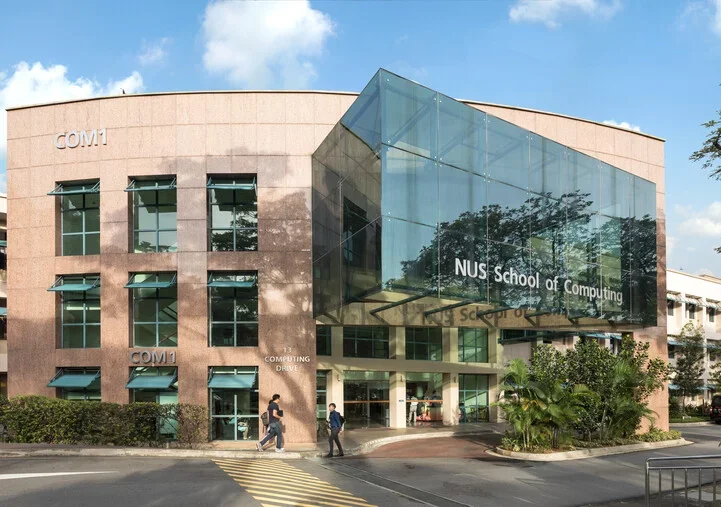
- Department of Computer Science moved to COM1 and AS6 buildings.
2007
2009
- School of Computing intensified efforts to provide executive education to the infocomm sector.
2009
2010
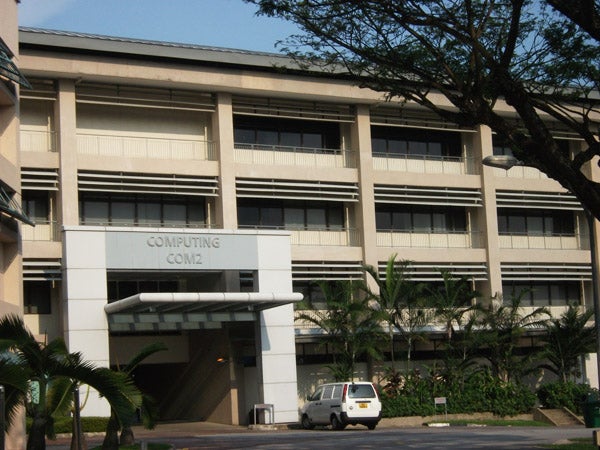
- Department of Information Systems moved to COM2 building.
2010
2011
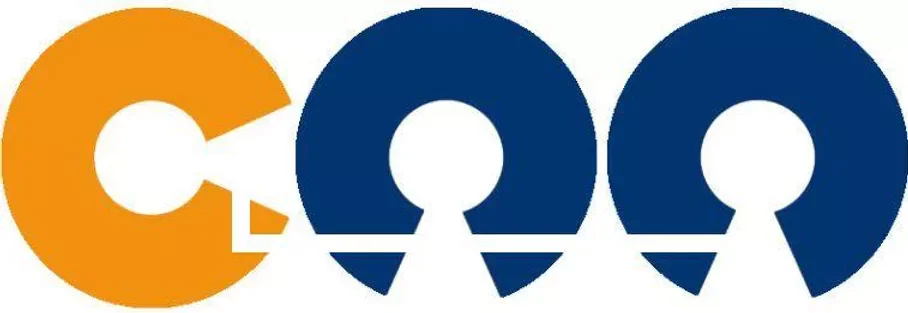
- Computer and Information Science Alumni Association was renamed Computing Alumni Association.
2011
2013
- School of Computing achieved its best international ranking – 8th in the world and top in Asia – for Computer Science and Information Systems.
- Department of Information Systems launched the Business Analytics degree programme.
2013
2014
- Industrial attachment became a compulsory component in computing studies.
2014
2017
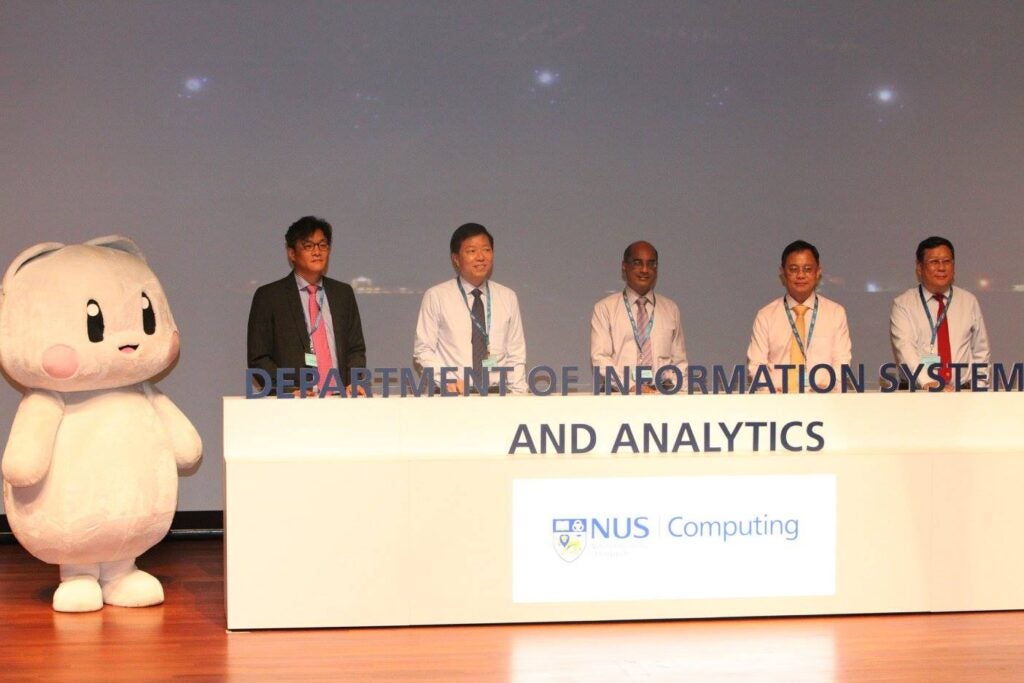
- Department of Information Systems was renamed Department of Information Systems and Analytics, reflecting the importance of big data and analytics, and the interdependency between information systems and analytics.
2017
2018
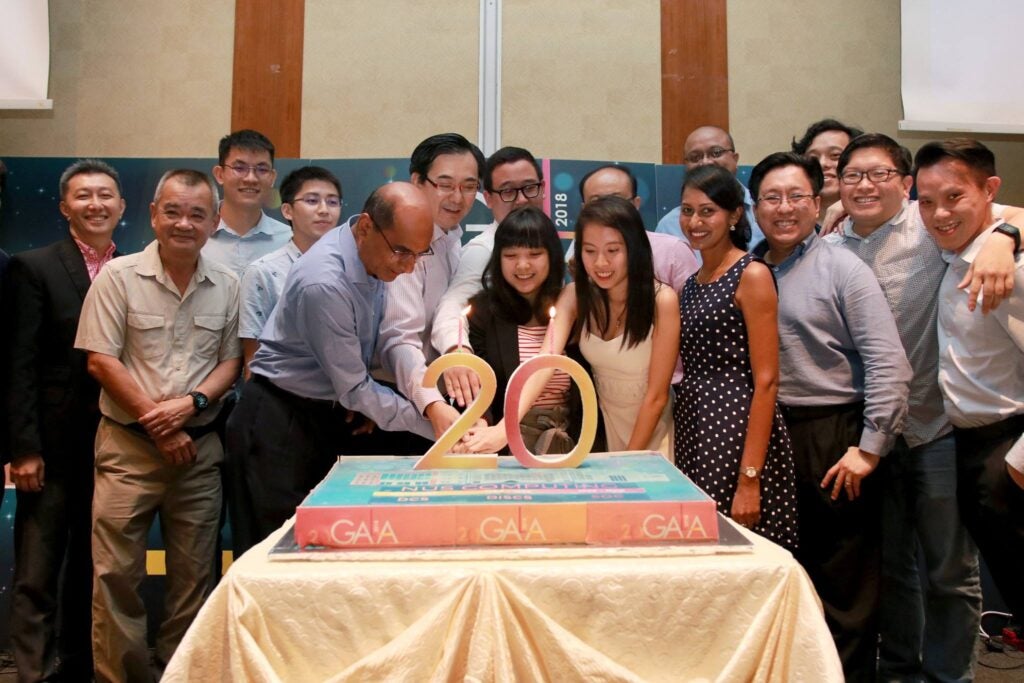
- School of Computing celebrated its 20th anniversary.
- The Advanced Computing for Executives centre was launched, empowering leaders to learn about emerging technologies and leverage them for digital edge.
2018
2021
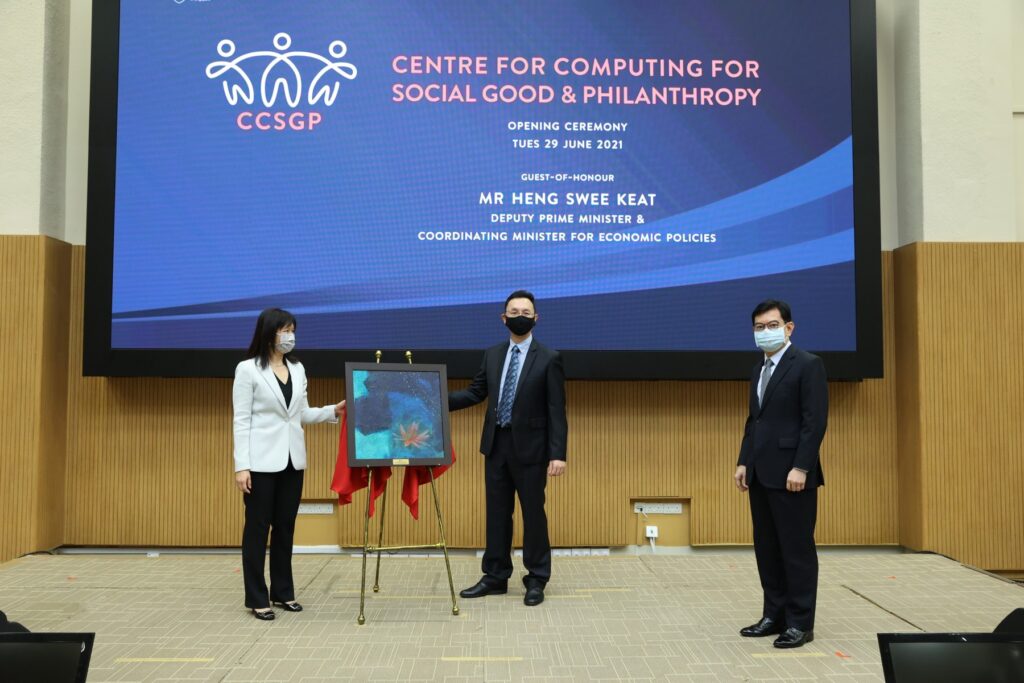
- The Centre for Computing for Social Good & Philanthropy was set up to cultivate students’ interest and abilities to advance social good and give back to the community.
2021
2022
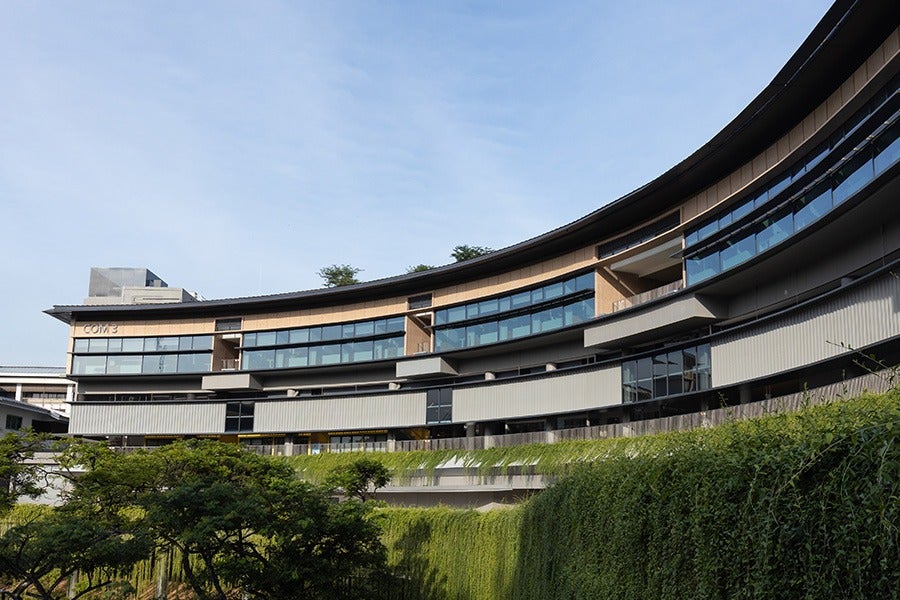
- The 3-storey Sea building (COM3) was completed – a welcome addition to accommodate the rapidly growing community of staff and students.
- The Centre for Nurturing Computing Excellence was established to promote computing excellence among pre-university and university-level students.
2022

